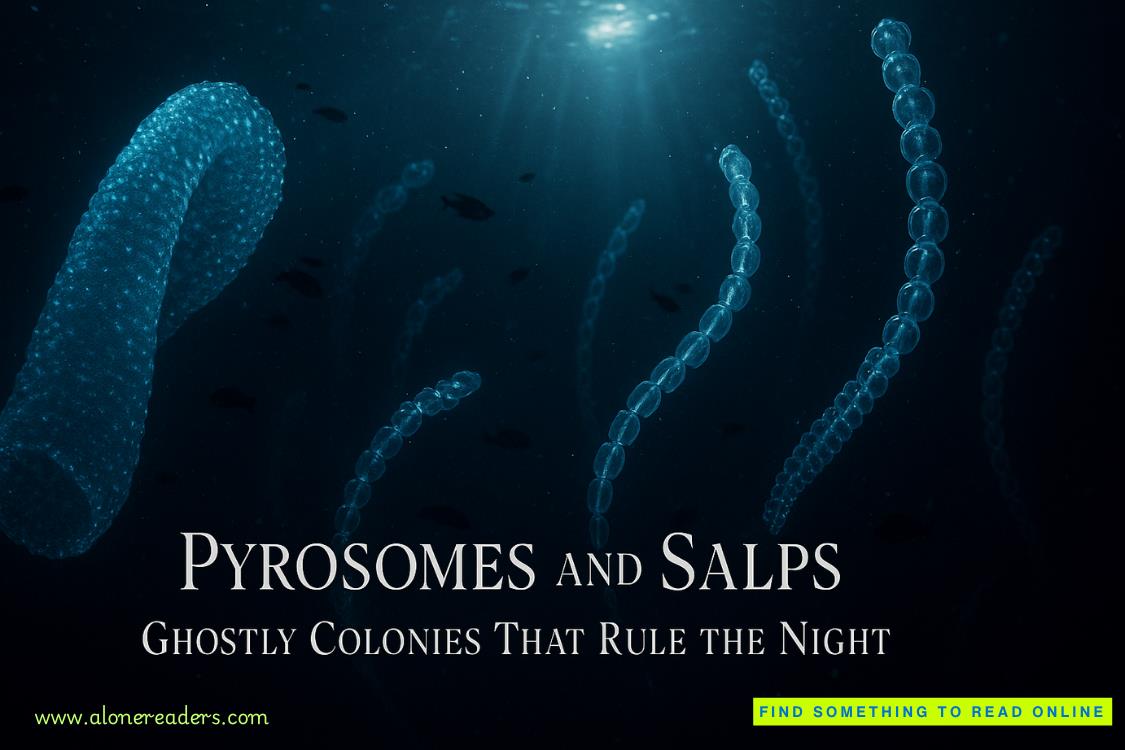Page 107 of V is for Vengeance (Kinsey Millhone 22)
I locked the office and got back into my car. I pulled the Santa Teresa County map from my glove compartment, unfolded it, and propped it on the steering wheel. I checked the list of addresses I’d culled. Audrey’s in San Luis Obispo I knew. The other two were in Colgate. In the key of streets at the bottom of the map, I found both streets. The first skirted the boundaries of the airport and continued on to the university. The second address was half a mile from the first.
I took the 101 north. Traffic in the southbound lanes was picking up, visitors returning to Los Angeles after a weekend away. By midafternoon, vehicles would be bumper-to-bumper, barely moving. I was mindful of the cars behind me, watching to see if any seemed to replicate my route or appeared more often than was natural. When I took the Fairdale off-ramp, no one left the highway with me. Maybe the guys in the pale blue sedan had been called off once they failed to find the money. No profit in killing me. If I knew the whereabouts of the cash, I’d only be of use to them alive.
I stayed in the left-hand lane and followed the road up and to the left, crossing the highway on the overpass. Off to my right there was a research park, a drive-in theater, a nine-hole municipal course, two motels, three gas stations, and an auto-repair shop. At the intersection, I paused for a red light and then crossed the main thoroughfare, staying on the street leading to the airport. Not surprisingly, this was called Airport Road. While the surrounding terrain wasn’t as isolated as the area in San Luis Obispo where Audrey had rented her place, the neighborhood was far from residential. On the left I passed three small frame cottages that were almost certain to be rentals. Who else but tenants would pay good money to live in such a tacky, out-of-the-way location?
When I reached the airport, I did a turnaround and went back for another look at the cottages. The structures were probably meant for the migrant workers who labored for the owner of the adjacent agricultural fields. I hadn’t caught house numbers on the first pass, but there was nothing else out here except a post office sorting depot. Approaching from this direction, I could see a run of frame garages at the rear of the three vintage cottages, all of which appeared to be identical. The address on the first was a match for the address on one of the flattened cardboard boxes. There were no parked cars visible and no signs of life. When I reached the driveway between the first two cottages, I slowed and pulled in. No trash cans, no laundry hanging on the line.
I got out of my car, trying to look like someone who had business to conduct. I could feel my anxiety stir, but having committed myself, there was nothing for it but to proceed. The windows were bare and there were no crusty dog bowls in evidence. So far, so good. I went up the back porch steps and peered through the glass in the upper portion of the door. The kitchen was empty of furniture. I knocked nonetheless, thinking it was something I’d have done if I’d had a legitimate reason to be on the premises. Naturally, no one responded. I glanced over at the house next door, which also appeared to be unoccupied. No one was looking out of the window at me. In a rare moment of good sense, I didn’t whip out my key picks and let myself in.
Instead, I went around to the front door, where I saw for the first time the substantial padlock affixed to the hasp that had been screwed in place. I cupped my hands and looked in the two front windows. Curled against the glass on the right, there was a For Rent sign. I looked in at an empty living room. I crossed to the window on the left and stared at an empty bedroom. The interior was shabby but tidier than I’d expected. I wondered if a merry little band of thieves had convened here as they had at Audrey’s. Boxes had been sent to and from this address, so someone had been in residence these past few months. I wondered if this house, like Audrey’s rental in S.L.O., had been stripped after her death.
As long as I was about it, I checked the other two cottages, which were also deserted. As I crossed the yard returning to my car, I spotted a For Sale sign that had been propped on its side, half buried in the weeds. The support post looked as though a car had backed into it and sheared it in half. I made a note of the name and phone number of the real estate office for later reference.
I got in my car and backed out onto the road, returning to the major intersection where I turned left. The second address I’d picked up turned out to be a warehouse on a side road that ended in a cul-de-sac. Beyond its being remote, there was not much else to recommend it. This area would probably be zoned “light industrial,” though Colgate supports no heavy manufacturing. The property was surrounded by eight-foot-high fencing and the windows were covered with steel mesh. There was a truck yard at the rear, and closer to the main building, off-street parking for employees. The loading docks were empty and the retractable metal doors were rolled down and secured. The name on the sign read ALLIED DISTRIBUTORS.











